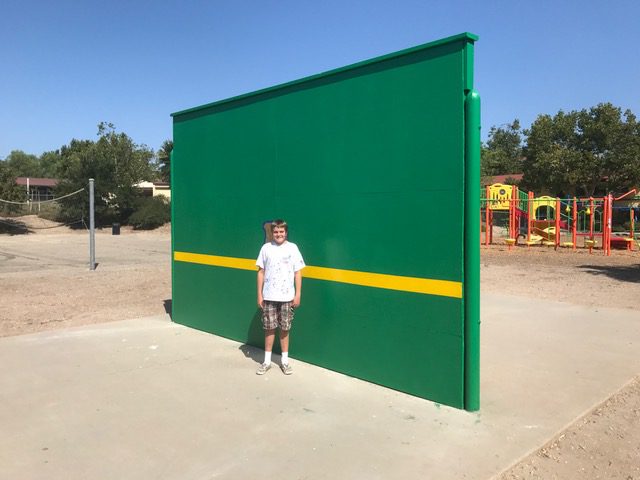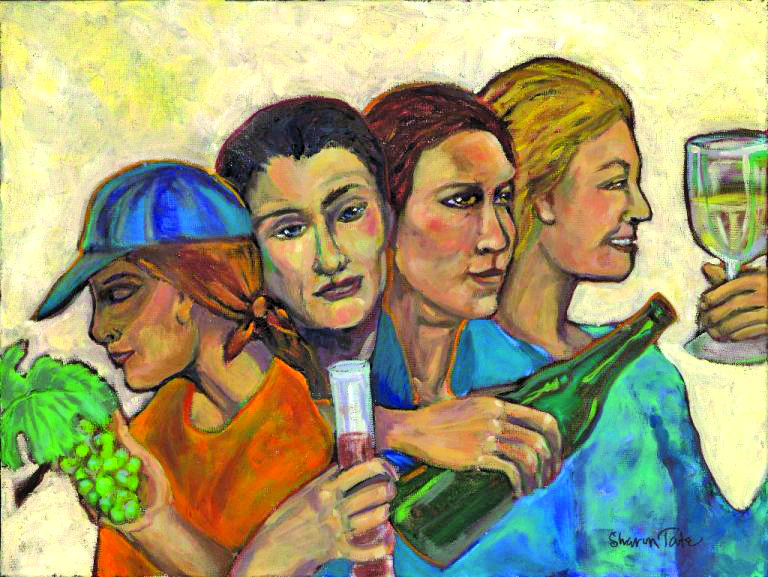By Jim Riley
Contributing Writer
The most common concern expressed by seniors is the fear of falling, which is valid since it is well documented that seniors are more likely to fall and be injured than younger people.
Does this mean it is normal that one day you get old and suddenly your physical abilities deteriorate and you become a clumsy, doddering senior? To some degree, we may slowly lose some quality of movement skills but, given reasonably good health and an active lifestyle, this should be a slow process.
Most of the loss of physical skills as we age is brought on by moving less. Over time this lack of movement allows the muscles and motor programming to atrophy from lack of use, as well as from aging.
The bottom line in all training is that the body responds to what we ask it to do. By moving less in an unchallenging environment our physical skills decline. We are simply moving less and are atrophying our muscles and motor skills. However, these lost physical skills may be reclaimed with increasingly challenging movement.
The best anti-falling exercises include those that work on the base of the gait pattern, the feet and ankles.
The foot consists of 33 joints, where bones come together attached by fascia and controlled by many motor-programmed muscles. A key to anti-falling training is to use the mobility of the foot and ankle to engage the smaller foot muscles, which stimulates them to perform the tasks they were meant to do such as sense your position in relation to the ground and to shape to varied surfaces we walk upon.
If the stabilizer and primary muscles of the foot are required to use all their abilities in an adaptive, coordinated and safe fashion, your balance will improve, your feet will be healthier and you will be less likely to fall.
Unfortunately, our environment often does not challenge proper foot development. It is too convenient for us to walk primarily on flat, hard surfaces that provide very little stimulation for the development of foot mobility and strength.
Feet that are challenged only to move on flat surfaces respond by adapting and becoming efficient at moving on flat surfaces and become more inept at moving on uneven surfaces. Remember, the body adapts to what we ask it to do, so our ability to adapt to uneven terrain slowly diminishes through lack of use.
The simplest and most functional way to improve foot mechanics and reduce the chance of falling is to walk on uneven trails and grassy fields. Such terrain stimulates the foot and ankle to regain the mobility, strength and motor programs that atrophied because of lack of use.
Birdwatchers, hikers and farmers who regularly move over uneven surfaces rarely fall and hurt themselves. Just get off the sidewalks and pavement and onto the fields and trails. You may even enjoy the beauty of nature while becoming healthier and also improving your outlook on life.
Grassy areas abound locally if we look for them. There are parks and fields in Solvang, Buellton, Santa Ynez and at Mission Santa Ines that provide surfaces that can help develop strong, mobile and educated feet.
To begin, find a nearby grassy surface or dirt trail that provides a moderate challenge to your walking abilities and walk on it daily. Gradually increase both time and rate of speed within your comfort zone. Look for low hills to traverse and move sideways and straight up and down.
Always pick a challenge within your abilities. Progress takes time, so don’t hurry the process. Try different areas as you feel your feet become more mobile and strong.
Joining a hiking group may make your hike more pleasant as you make new friends and enjoy the company of others. Over time and a gradual increase of terrain challenge, you may find your balance improved, your body stronger, confidence boosted and a new joy of walking securely and more often.




